

Almost two years since the start of the full-scale Russian invasion, crucial Western electronic components of Russian weapons keep being traced in customs declarations. While direct supplies from the West seem mostly to have ceased, The Insider pinpoints the Chinese and Hong-Kong companies that have since March 2022 delivered embargoed European, US and Japanese microchips to the Russian military industry’s suppliers from China.
Content
The Su-24
The Kalibr
The Iskander
The Kinzhal
The Forpost
The Orlan
The Shahed-136
The Kub
The R-330BMV
China is the main conduit through which Western technology reaches Russia and continues to power Moscow’s war machine against Ukraine, a months-long investigation by The Insider has found, raising serious questions about the efficacy of U.S. and European sanctions and Russia’s reliance on friendly third-party vendors to evade them.
As previously reported, since the start of Russian President Vladimir Putin’s full-scale invasion of Ukraine in February 2022, when the United States and European Union imposed severe restrictions on the import of dual-use equipment such as microchips and machine tools, foreign electronic components have continually been recovered from downed Russian munitions. The Insider examined various export-import databases, revealing the specific paths through which dozens of microchips from nine types of military equipment recovered in Ukraine first entered Russia. They were found in downed drones, warplanes and cruise missiles and, in nearly every case, they were imported via Chinese exporters who likely purchased them from the American, Dutch or Swiss manufacturers on the pretext of commercial use. Western technology companies have said they fully comply with U.S. and EU sanctions on Russia; the problem is they have no way of knowing what legal foreign buyers intend to do with their wares.
However, of the dozens of Western microchips recovered from Russian kit on the battlefields of Ukraine, The Insider has focused on those that are more likely associated with specialized military applications rather than consumer or industrial-grade ones. While the distinction between the two can indeed be ambiguous, there are ways of anticipating the probable use, including the price points, complexity and functionality, and operational temperature range of microchips.
For instance, military-grade microchips exhibit differences from their civilian counterparts in terms of the extreme heat ranges under which they can function, their fault tolerance (their ability to continue operating in the event of failures or errors), and the extent of testing they undergo. What results is that microchips “manufactured identically” are categorized and priced differently, with military microchips being more expensive than consumer ones.
Moreover, if Western manufacturers of consumer microchips are unaware of who may eventually purchase their products, when it comes to supplying specialized microelectronic components for military use, the supplier is never in the dark as to the end-user. This is why Russia relies on intermediary vendors to import its military microchips, all of them delivered from intermediaries in Hong Kong or mainland China. Given that Beijing is not party to international sanctions on Russia but is in fact an strategic partner of the Kremlin, that ought to raise alarm bells with Western manufacturers, according to sanctions experts.
James Hodson, a member of the Yermak-McFaul working group, an international working group on sanctions named for Ukrainian President Volodymyr Zelensky’s top adviser Andriy Yermak and former U.S. ambassador to Russia Michael McFaul, told The Insider that without stricter “know your customer” regulations, combating sanctions evasion is impossible. “U.S. companies and intermediaries have witnessed explosive demand on various gray markets,” Hodson said. “They willingly met this excess demand with their supply and should have understood that it is a sign of Russian demand funneled through third parties. Restricting demand in these markets would seriously diminish Russia’s ability to acquire critical components.”
The following examples of Chinese companies’ role in helping resupply the electronic components used in Russia’s war machine were either culled from open source reporting or from research compiled by the Yermak-McFaul Group. Using publicly available customs data, The Insider was able to identify the Chinese exporters and the Russian importers they sold these Western devices to. In some cases, the owners of the latter companies are shown to have been entities affiliated with Russia’s sprawling military-industrial complex, if not Russian nationals now indicted by the United States for sanctions busting.
The Su-24
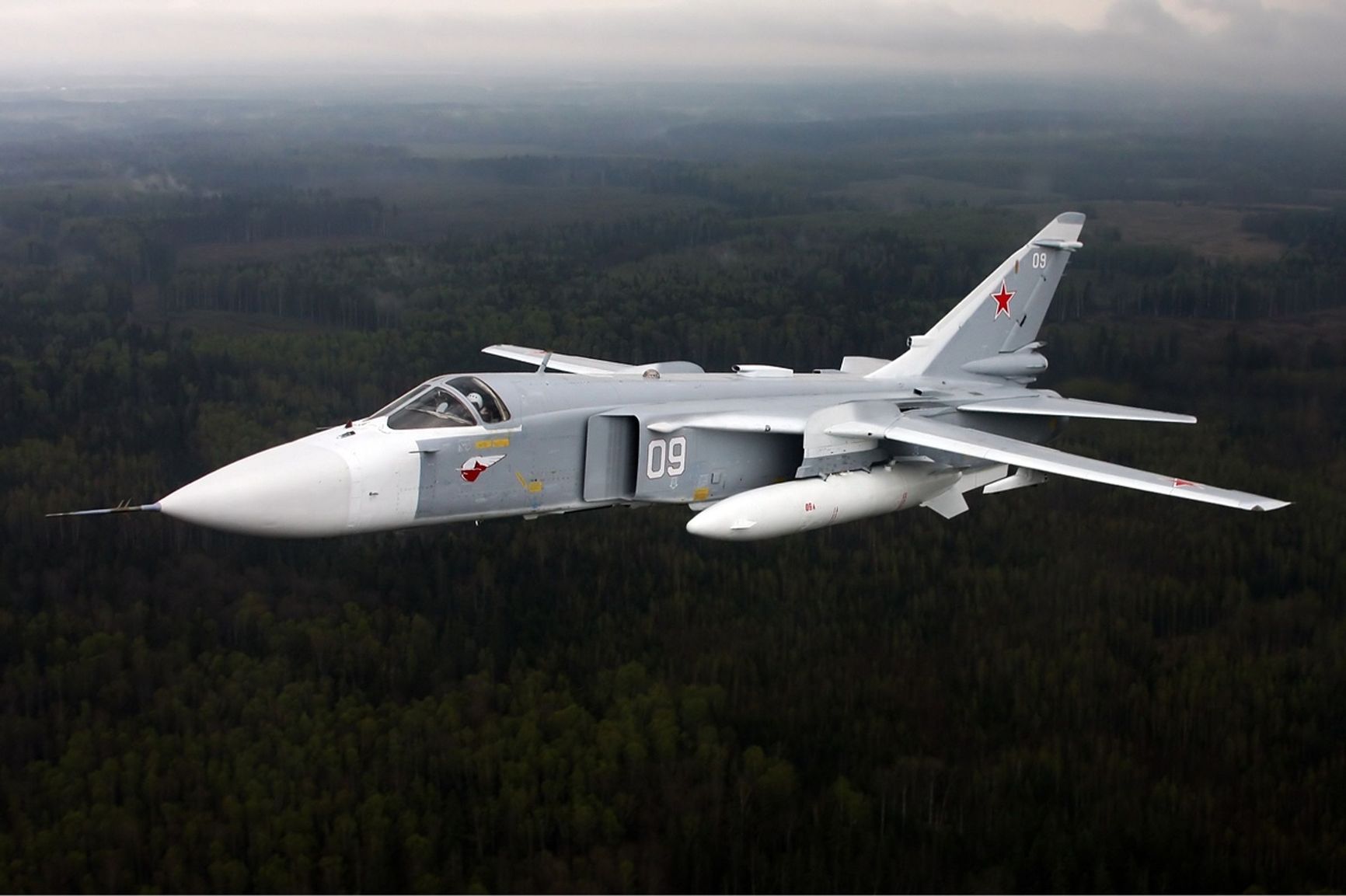
A Russian Sukhoi Su-24 fighter jet was reported by blogger “Mykhailo” to have been downed in 2022 near the eastern Ukrainian city of Bakhmut, one of the most heavily contested combat zones in Ukraine which finally fell to Russia in May 2023. Su-24 warplanes carry the Obzor-RVB-T24 module, which corrects and displays the aircraft’s radar system, integral for targeting and navigation. According to Mykhailo, the module in the downed aircraft contained an 8-bit microcontroller manufactured by Microchip Technology, an Arizona-based U.S. company. Following Russia’s full-scale invasion of Ukraine, customs data shows, these microcontrollers were resold from China by a Russian-owned Chinese firm called Shvabe Opto-Electronics (Shenzhen) Co., Ltd. That entity was subsequently acquired by its parent Russian company, JSC PO Yalamov Ural Optical and Mechanical Plant, based in Ekaterinburg and specializing in weapons and ammunition production. JSC PO Yalamov Ural Optical and Mechanical Plant is in fact owned by the Russian state-owned defense corporation Rostec, whose CEO, Sergey Chemezov, a former KGB officer, who has been sanctioned by the United States since 2014 for his role in Russia’s annexation of Crimea. Following the February 2022 attack on Ukraine, Chemezov and his family’s assets were frozen and his $140 million yacht, “Valerie,” was seized by the Spanish government.
The Obzor-RVB-T24 module recovered from the downed Sukhoi Su-24 also contains another piece of high-end American technology with military applications, the Field-Programmable Gate Array Spartan II XC2S200, which is manufactured by the California-based semiconductor company Xilinx. This microcircuit can be configured by the user after manufacturing to perform a wide range of tasks and can withstand an extended temperature range, making it ideal for weapons platforms. In 2023, the Spartan II XCS200 was exported to Russia from China by Shenzhen Bailiansheng Electronic Technology Co., Ltd, based in Shenzhen, and imported into Russia by the Moscow-based company OOO Timkom.
The Kalibr
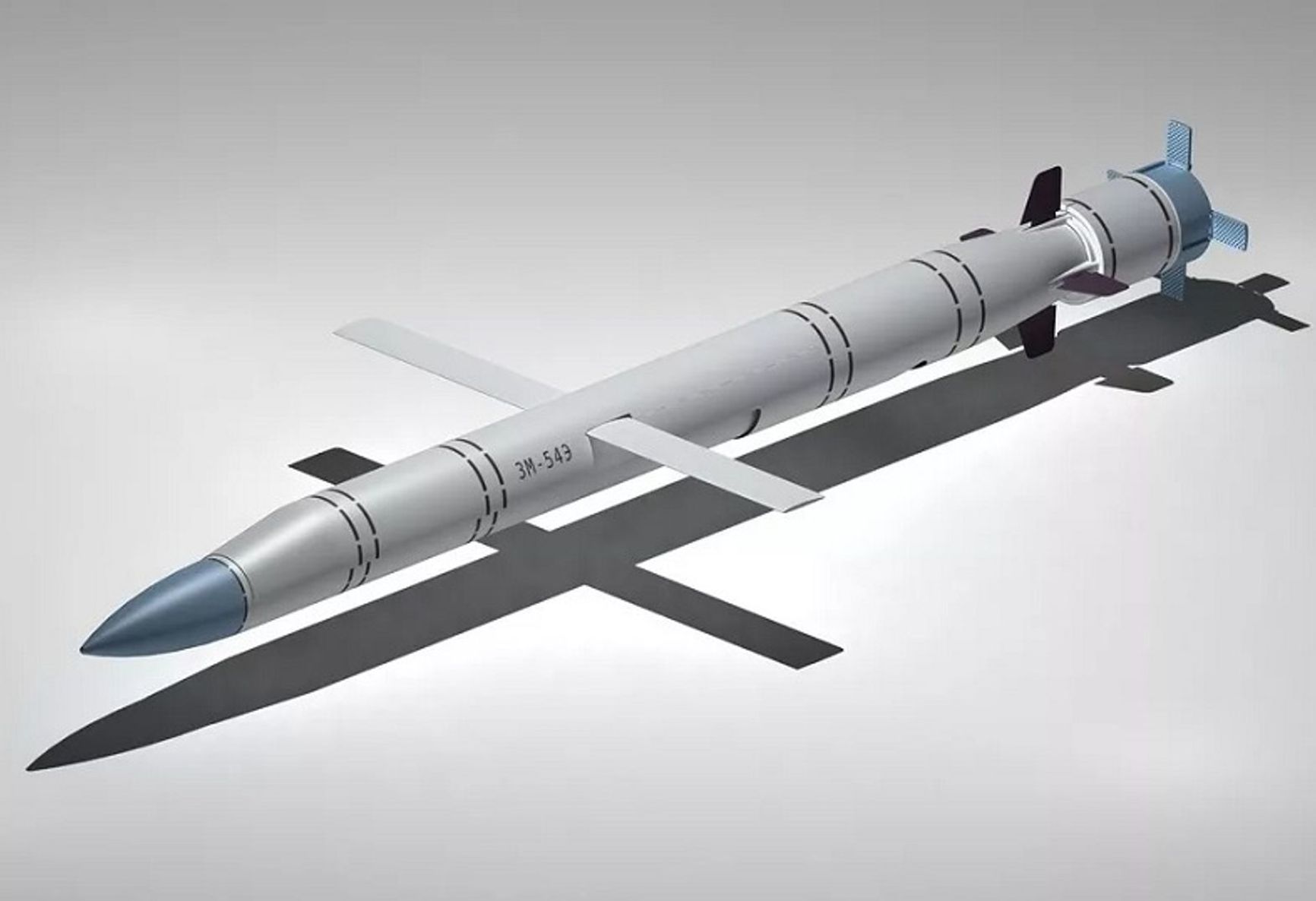
Experts from the Conflict Armament Research (CAR) group, a UK-based weapons tracker, have studied the guts of Russian Kalibr cruise missiles downed in 2022 in the Khmelnitsky and Ternopil regions of western Ukraine. The Kalibr features an analog-to-digital converter technically designated as the AD9218BSTZ-105 and produced by Analog Devices, a one of the world’s largest manufacturers of microprocessors based in Wilmington, Massachusetts. As a highly efficient converter, this device comes at a considerable cost and is used in both measurement tools and specialized control systems, including ones for drones and cruise missiles.
In late 2022, the AD9218BSTZ-105, The Insider found, was supplied from China to Russia by Win Key Limited, imported by LLC Azimut. Another company that imported such chips to Russia (before August 2019) was LLC Eltech Component.
Update
The Insider sent a request to Eltech Component in December 2023; receipt of the request was confirmed, but a response was never received. After the publication of this article, a former co-owner of the company has contacted the editors, sending The Insider a comment in which, in particular, he has indicated: “This [microchip] is indeed a fairly productive, but at the same time a low-precision ADC (10 bit) of wide application, which can be used in a very wide range of equipment including medical equipment, industrial diagnostic equipment, data transmission systems, etc. The price of such an ADC for a retail-end client is approximately $20. I also want to note that the US export control code - EAR99 means that this ADC does not belong to the devices subject to export control regulation or, in other words, is not a dual-use product.
Eltech Component LLC was the official distributor of Analog Devices Inc. for many years. and was a recipient of more than a thousand different shipments from this manufacturer. The last delivery of AD9218BSTZ-105 took place directly from the manufacturer in August 2019. Eltech Component has never had a single transaction with Win Key Limited and has never received this chip from any sources after August 2019. I would like to point out that as an official distributor of Analog Devices Inc. and other global manufacturers, Eltech Component weekly, in a fully automated mode, provided the manufacturers with a sales report (POS), which included, in addition to the quantity and price of components, the complete information about the end customer.” In connection with the comment received, The Insider has made clarifications to the text of the article.
The Iskander
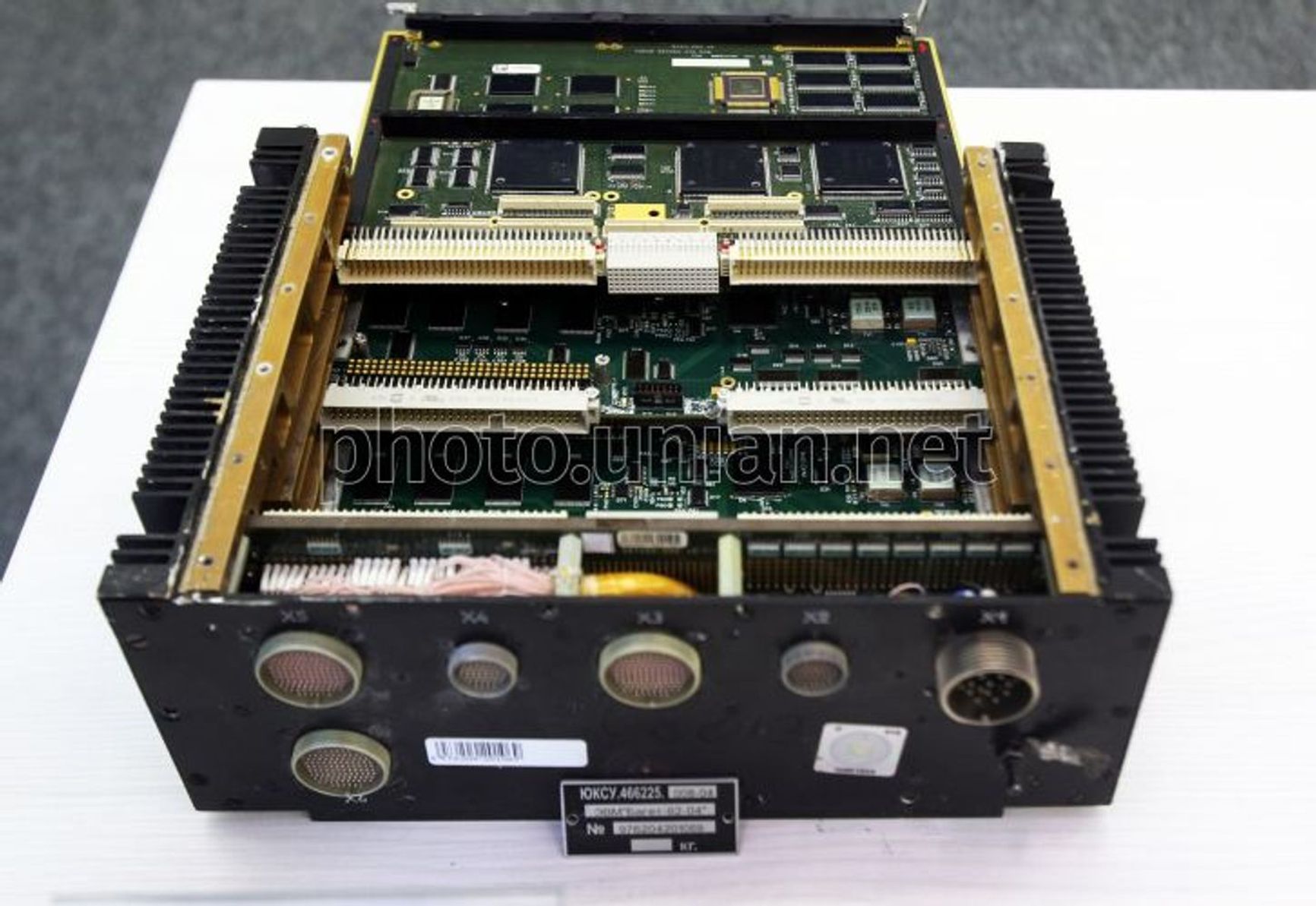
The onboard computer Baget, installed in Iskander missiles, is equipped with a field programmable gate array, XC4036XLA, manufactured by Xilinx. A gate array can be used in making other microchips and implementing virtually any algorithm. Gate arrays are used for programming specific functions and find application in non-mass-produced or low-volume devices, such as control systems for drones or missiles. In 2023, Shenzhen Bailiansheng Electronic Technology Co., Ltd sold the XC4036XLA microchips to the Moscow-based LLC Timkom.
The Kinzhal

Russia’s air-launched Kinzhal missile, described by Vladimir Putin as “invincible,” has proved quite the opposite, having been repeatedly and successfully intercepted by Ukrainian Patriot missile batteries over the last year. According to the Yermak-McFaul Group, no fewer than 46 imported radio-electronic components are utilized, with 14 of them leaving traces in the customs declaration database.
One of the identified components is another analog-to-digital converter microchip produced by Analog Devices, this one designated the AD7450BRZ. Customs data shows it was exported from China after the invasion by a company called Sinno Electronics Co. Limited and received by the St-Petersburg based Russian entity LLC Saturn EK.
Additionally, the Kinzhаl incorporates a noise-suppressing filter, the BNX022-0100L, produced by the Japanese corporation Murata. Such components were supplied from China to Russia in 2023 by the Hong-Kong based Jinmingsheng Technology (Hk) Co., and imported by Moscow-based LLC OnElek.
The Kinzhаl also houses a high-performance reprogrammable memory module, EPM7256SRI208-10N, manufactured by Altera, the California-based manufacturer of logic devices, which is now owned by Intel. This module is crucial for storing and preserving microcode, a set of low-level instructions that control the internal operations of a microprocessor or microcontroller, acting as a kind of «translator» between the high-level commands a user gives a computer and the physical actions that occur inside the chip. Microcode controls many basic operations such as reading, writing, and arithmetic operations, making complex instructions more understandable and executable for the processor itself. As a significant and expensive component, its typical application is unlikely to be in consumer electronics and more probable in high-end devices, including military ones. In 2023, Shenzhen Bailiansheng Electronic Technology Co. exported the Altera chips from China to Russia, dealing with a St-Petersburg-based company known as OOO 1M.
The Forpost
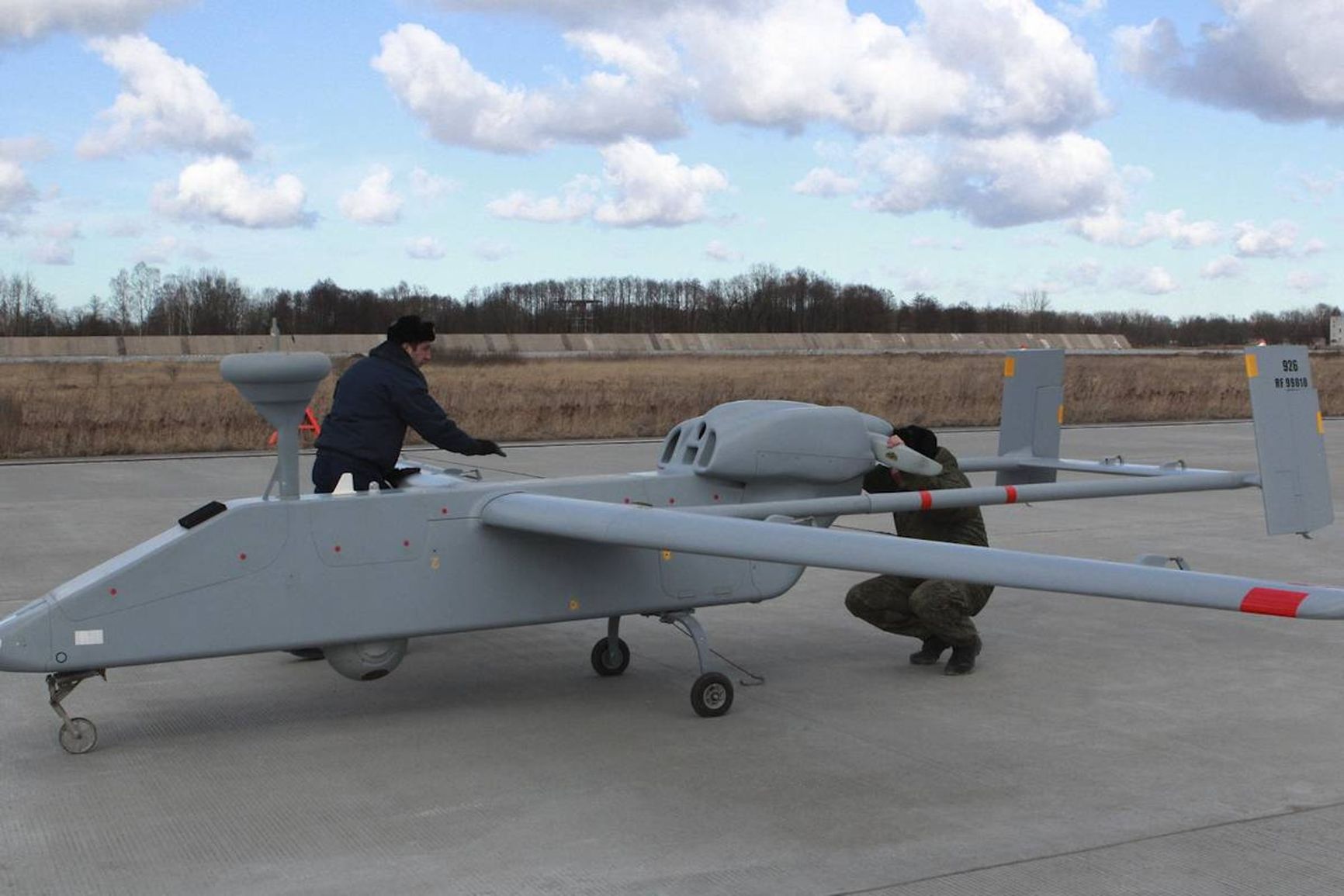
Even before the full-scale invasion, Russia’s Forpost reconnaissance drone was reported to use a navigation receiver, the NV08C-CSM, made by Swiss manufacturer NVS Technologies AG and designed for receiving signals from global navigation satellite systems. In 2023, such receivers were exported by the Chinese company New Idea (Guangzhou) Technology Co. Ltd and imported by a Russian one called OOO SMT Ilogic, based in St. Petersburg, which has been under U.S. sanctions since May 2023 for its role in procurement of parts for Orlan drones.
The Orlan

Ukrainian experts started disassembling Orlan-10 UAVs, another model of Russian reconnaissance drones, as early as in 2018, after one of them crashed in the Sea of Azov. In May 2022, Ukrainian volunteer Maria Berlinska published a list of Western components found in the Orlan, among them the microcontroller ATXMEGA256A3-AU produced by Microchip Technology. A microcontroller for self-guiding missile control systems functions as the brain of a missile, receiving information from sensors to help the munition «see» and «feel» its surroundings. It also makes decisions on where to move to accurately hit a target. The ATXMEGA256A3-AU controls everything: from changing the flight direction to adjusting the speed, ensuring the missile's successful and precise strike.
Customs data shows that in 2023 these chips were sold from China by Shenzhen Youxin Technology Co., Ltd., purchased in Russia by LLC Elekkom Logistics.
Another piece of Western technology found in the Orlan was the microchip STM32F103VCT6, produced by the Switzerland-based STMicroelectronics, and used for autopiloting. Identical chips were exported from China in 2023 by Oriental Fastassembly Ltd, and received in Russia by LLC Lift-Complex DS.
A representative of STMicroelectronics told The Insider: “Since the end of February 2022, we have taken actions to comply with the specific requirements of multiple sanction packages and export control measures implemented by the European Union, the United States, and partnering countries against Russia and Belarus. These actions include reinforcing the compliance requirements for all our sales channels - including vigilance against sanction evasion and shipping diversion, implementing additional end user screening measures, deploying automated solutions for customers and product checks, and enhancing our awareness communication to targeted stakeholders.”
The Orlan also features an American-made radio frequency transceiver, the AD9361BBCZ, made by Analog Devices, which the drone uses as a relay. In 2023 the AD9361BBCZ was exported to Russia from China by the Ace Electronic (HK) Co. and imported by Krasnodar-based OOO Berlion.
The Shahed-136
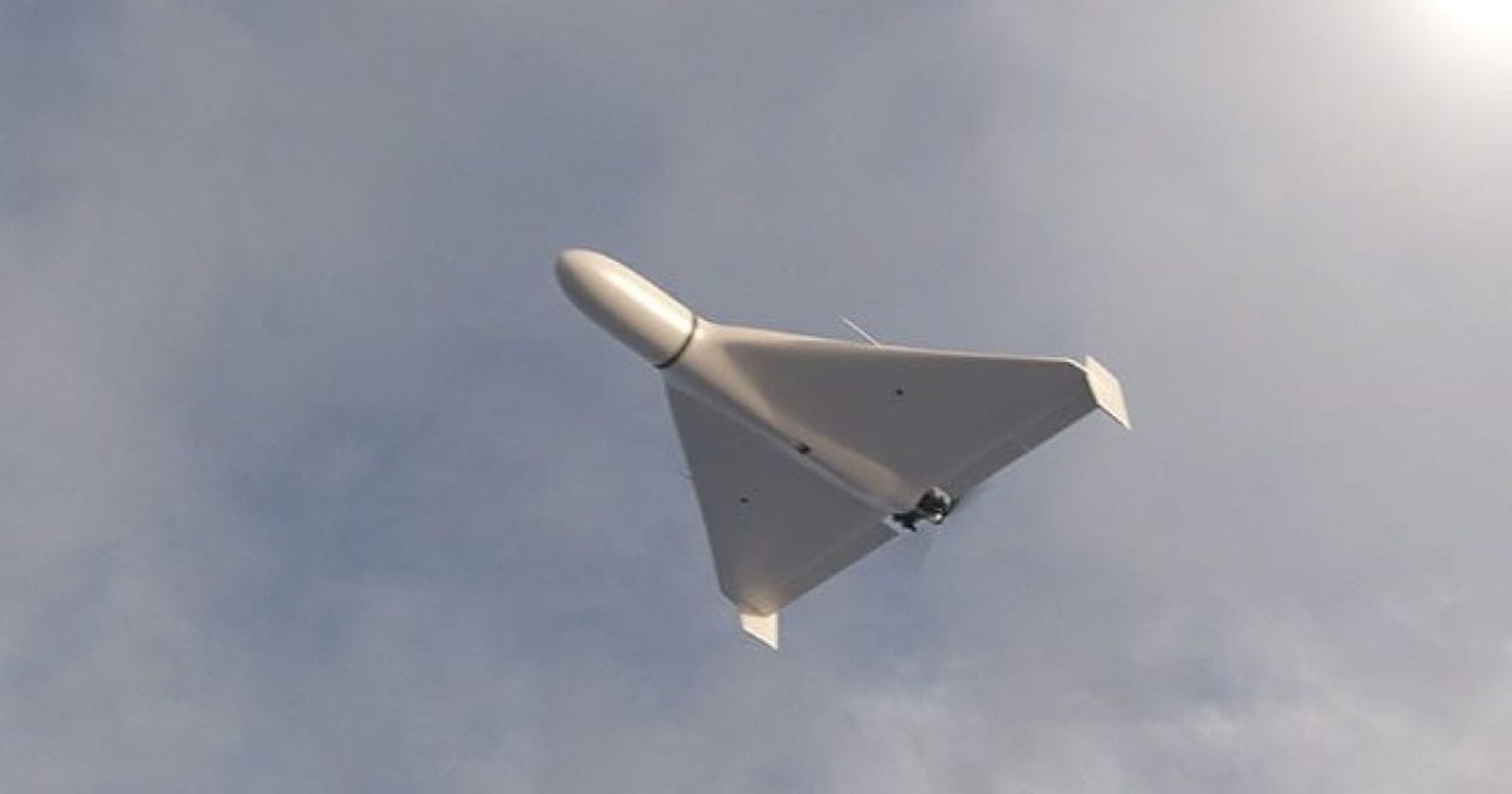
In 2022, two Iranian-made Shahed-136 suicide drones were downed near Odessa and Cherkasy. Some of the foreign components identified in them are listed in the report, “Terror in the Details: Western-made Components in Russia's Shahed-136 Attacks,” published by a team of Western NGOs. Among those components were the Analog Devices-produced AD9361BBCZ radio module and the inexpensive MAX3232EUE microchip, manufactured by the same company. Following the commencement of full-scale conflict, these chips were exported from China by Fepood Electronics Co., Ltd, and imported by Moscow-based LLC Spetselservice.
The Kub

According to the RUSI report, a pressure sensor, MPXV5004DP, made by Netherlands-based semiconductor designer NXP Semiconductors, has been discovered in Russia’s Kub suicide drone. These sensors were exported from China in 2023 by the Hong Kong-based firm Jinmingsheng Technology (Hk) Co., Ltd and imported to Russia by LLC OnElek, owned by Olesya Akulova who is also the CEO of OOO Berlion, mentioned above.
In 2023, the same companies imported the LPC2368FBD100 microcontroller, produced by NXP Semiconductors, from China into Russia. The microcontroller is also found in the Kub.
NXP Semiconductors told The Insider: “We can confirm for you that Jinmingsheng Technology is not and has never been an authorized distributor of our products. NXP is committed to complying with the law, and we work diligently to ensure our products are not improperly diverted to embargoed countries including Russia, Iran, and Belarus for use in weapons and other systems for which they were not designed or intended. Our team is in ongoing contact with regulators around the world on this issue, working within an industry-wide effort to prevent illegal chip diversion.”
The R-330BMV

An American electronic integrated monolithic circuit designated as the AD6636CBCZ, which is produced by Analog Devices, was found in the R-330BMV jamming station. Customs records show an identical circuit was exported from China by the Hong Kong-based company S.S.P. Ltd at the end of 2022 and imported into Russia by the Moscow-based Microtech LLC, owned by Maxim Zavyalov, a Russian national who in September 2023 was arrested by the FBI on charges of having “employed a web of shell companies as part of an overseas smuggling ring to ship dual-use U.S. technology with military applications to Russia in contravention of U.S. law.”
The Insider has tried to reach out to Analog Devices, NVS Technologies AG, Xilinx (AMD), Murata, Intel, and Microchip Technology, and to the Russian and Chinese companies mentioned above whose contacts were publicly available.